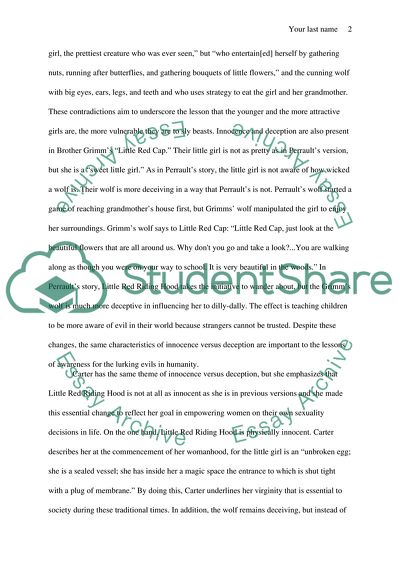Cite this document
(“Little Red Riding Hood Essay Example | Topics and Well Written Essays - 1500 words”, n.d.)
Retrieved from https://studentshare.org/literature/1644161-little-red-riding-hood-essay
Retrieved from https://studentshare.org/literature/1644161-little-red-riding-hood-essay
(Little Red Riding Hood Essay Example | Topics and Well Written Essays - 1500 Words)
https://studentshare.org/literature/1644161-little-red-riding-hood-essay.
https://studentshare.org/literature/1644161-little-red-riding-hood-essay.
“Little Red Riding Hood Essay Example | Topics and Well Written Essays - 1500 Words”, n.d. https://studentshare.org/literature/1644161-little-red-riding-hood-essay.


